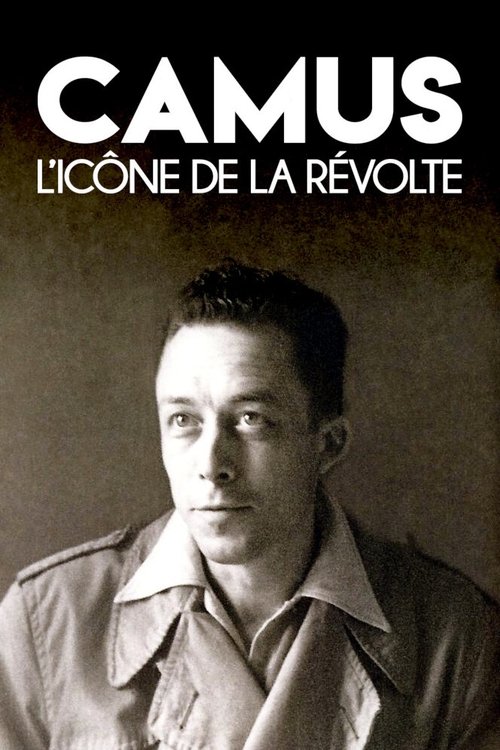
 Disclaimer - This is a news site. All the information listed here is to be found on the web elsewhere. We do not host, upload or link to any video, films, media file, live streams etc.
Kodiapps is not responsible for the accuracy, compliance, copyright, legality, decency, or any other aspect of the content streamed to/from your device.
We are not connected to or in any other way affiliated with Kodi, Team Kodi, or the XBMC Foundation.
We provide no support for third party add-ons installed on your devices, as they do not belong to us.
It is your responsibility to ensure that you comply with all your regional legalities and personal access rights regarding any streams to be found on the web. If in doubt, do not use.
Disclaimer - This is a news site. All the information listed here is to be found on the web elsewhere. We do not host, upload or link to any video, films, media file, live streams etc.
Kodiapps is not responsible for the accuracy, compliance, copyright, legality, decency, or any other aspect of the content streamed to/from your device.
We are not connected to or in any other way affiliated with Kodi, Team Kodi, or the XBMC Foundation.
We provide no support for third party add-ons installed on your devices, as they do not belong to us.
It is your responsibility to ensure that you comply with all your regional legalities and personal access rights regarding any streams to be found on the web. If in doubt, do not use.
 Kodiapps app v7.0 - Available for Android.
You can now add latest scene releases to your collection with Add to Trakt. More features and updates coming to this app real soon.
Kodiapps app v7.0 - Available for Android.
You can now add latest scene releases to your collection with Add to Trakt. More features and updates coming to this app real soon.

War of the Worlds Extinction 2024 - Movies (Mar 28th)
Sex-Positive 2024 - Movies (Mar 28th)
The Farmers Daughter 2025 - Movies (Mar 28th)
Dangerous Lies Unmasking Belle Gibson 2025 - Movies (Mar 28th)
Flight Risk 2025 - Movies (Mar 28th)
Alexander and the Terrible Horrible No Good Very Bad Road Trip 2025 - Movies (Mar 28th)
The Life List 2025 - Movies (Mar 28th)
Renner 2025 - Movies (Mar 28th)
The Rule of Jenny Pen 2024 - Movies (Mar 28th)
Bring Them Down 2024 - Movies (Mar 27th)
Love Hurts 2025 - Movies (Mar 27th)
Holland 2025 - Movies (Mar 27th)
The House Was Not Hungry Then 2025 - Movies (Mar 27th)
One Million Babes BC 2024 - Movies (Mar 27th)
Through the Door 2024 - Movies (Mar 27th)
Snow White 2025 - Movies (Mar 27th)
England’s Lions The New Generation 2025 - Movies (Mar 26th)
The Last Keeper 2024 - Movies (Mar 26th)
The Brutalist 2024 - Movies (Mar 25th)
Mufasa The Lion King 2024 - Movies (Mar 25th)
The Monkey 2025 - Movies (Mar 25th)
The One Show - (Mar 29th)
On Patrol- Live - (Mar 29th)
The Last Word with Lawrence ODonnell - (Mar 29th)
The Rachel Maddow Show - (Mar 29th)
The Patrick Star Show - (Mar 29th)
Helsinki Crimes - (Mar 29th)
One Killer Question - (Mar 29th)
The Bold and the Beautiful - (Mar 29th)
Cops - (Mar 29th)
The Price Is Right - (Mar 29th)
The Young and the Restless - (Mar 29th)
Lets Make a Deal - (Mar 29th)
The Kelly Clarkson Show - (Mar 29th)
All In with Chris Hayes - (Mar 29th)
Diners, Drive-Ins and Dives - (Mar 29th)
Gold Rush - (Mar 29th)
Horrible Histories - (Mar 29th)
WWE SmackDown - (Mar 29th)
The Beat with Ari Melber - (Mar 28th)
Gogglebox - (Mar 28th)

In the 1980s, Algeria experienced a tumultuous social context which reached its peak during the riots of October 88. This wave of protest, with youth as its figurehead, echoed the texts of raï singers. Thirst for freedom, misery of life and the aspirations of youth are among the main themes of their works which will inspire an entire generation. More than music, raï celebrates the Arabic language and becomes a vector of Algerian culture, thus providing the cultural weapons of emerging Algerian nationalism With Cheb Khaled, Cheb Mami and Chaba Fadela as leaders of the movement, raï is also a way of telling and reflecting the essence of Algeria in these difficult times. While the threat weighs on artists in Algeria, their exile allows raï to be exported internationally and thus, to bring the colors of Algeria to life throughout the world.

Biography of a star and figure study : This fascinating portrait is for anyone who wants to know more about the man behind the mask. By the end of the film, you will view this famous French icon in a totally different light. Delon speaks in a series of surprising interviews, spanning nearly 50 years.

Brilliantly mixing animated sequences and archival footage, Marie-Josée Saint-Pierre paints a touching portrait of virtuoso pianist Oscar Peterson.

The story of how Sicilian Mafia boss Tommaso Buscetta (1928-2000), the Godfather of Two Worlds, revealed, starting in 1984, the deepest secrets of the organization, thus helping to convict the hundreds of mafiosi who were tried in the trial held in Palermo between 1986 and 1987.

How did Marilyn Monroe become one of the greatest sex symbols of all time? What drove a prudish little Californian girl, who was not especially pretty nor exceptionally talented, to become this incredibly striking platinum blonde superstar? How did she become the icon capable of balancing innocence with raw sensuality, whilst continuing to captivate the masses to this day? How did she achieve this? And what price did she pay?